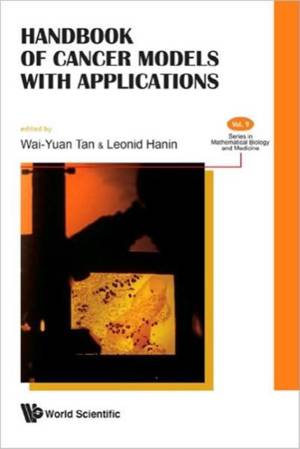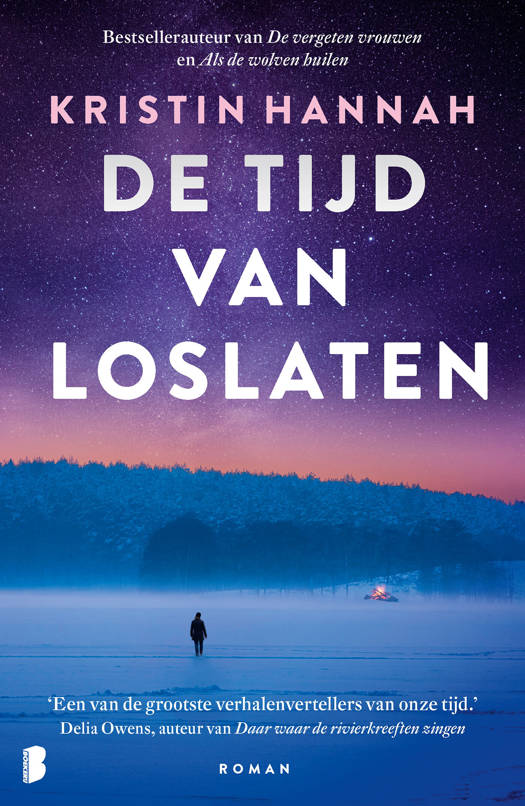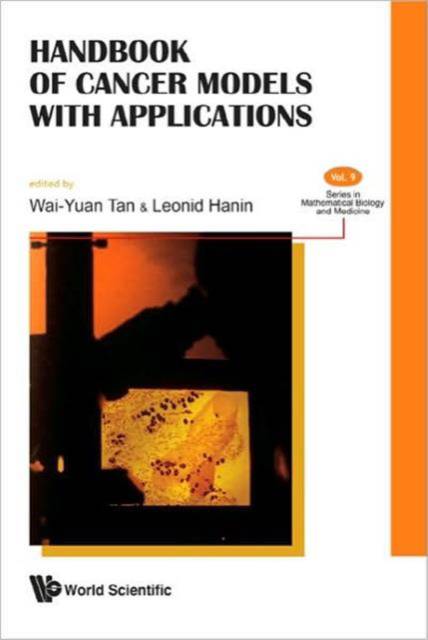
- Afhalen na 1 uur in een winkel met voorraad
- Gratis thuislevering in België vanaf € 30
- Ruim aanbod met 7 miljoen producten
- Afhalen na 1 uur in een winkel met voorraad
- Gratis thuislevering in België vanaf € 30
- Ruim aanbod met 7 miljoen producten
Handbook of Cancer Models with Applications
€ 432,45
+ 864 punten
Omschrijving
Composed of contributions from an international team of leading researchers, this book pulls together the most recent research results in the field of cancer modeling to provide readers with the most advanced mathematical models of cancer and their applications.Topics included in the book cover oncogenetic trees, stochastic multistage models of carcinogenesis, effects of ionizing radiation on cell cycle and genomic instability, induction of DNA damage by ionizing radiation and its repair, epigenetic cancer models, bystander effects of radiation, multiple pathway models of human colon cancer, and stochastic models of metastasis. The book also provides some important applications of cancer models to the assessment of cancer risk associated with various hazardous environmental agents, to cancer screening by MRI, and to drug resistance in cancer chemotherapy. An updated statistical design and analysis of xenograft experiments as well as a statistical analysis of cancer occult clinical data are also provided.The book will serve as a useful source of reference for researchers in biomathematics, biostatistics and bioinformatics; for clinical investigators and medical doctors employing quantitative methods to develop procedures for cancer diagnosis, prevention, control and treatment; and for graduate students.
Specificaties
Betrokkenen
- Uitgeverij:
Inhoud
- Aantal bladzijden:
- 592
- Taal:
- Engels
- Reeks:
- Reeksnummer:
- nr. 9
Eigenschappen
- Productcode (EAN):
- 9789812779472
- Verschijningsdatum:
- 1/05/2008
- Uitvoering:
- Hardcover
- Formaat:
- Genaaid
- Afmetingen:
- 160 mm x 231 mm
- Gewicht:
- 1020 g

Alleen bij Standaard Boekhandel
+ 864 punten op je klantenkaart van Standaard Boekhandel
Beoordelingen
We publiceren alleen reviews die voldoen aan de voorwaarden voor reviews. Bekijk onze voorwaarden voor reviews.









